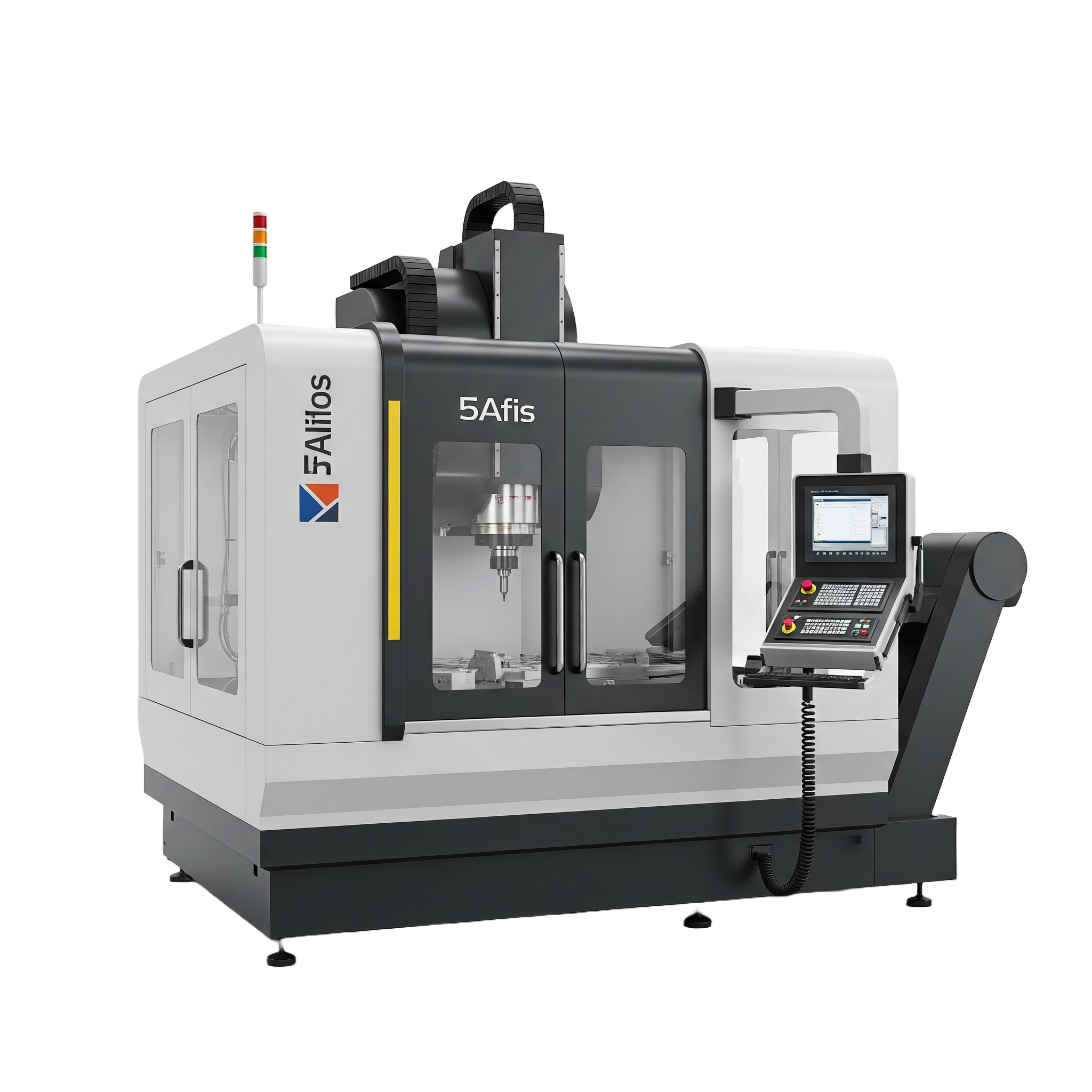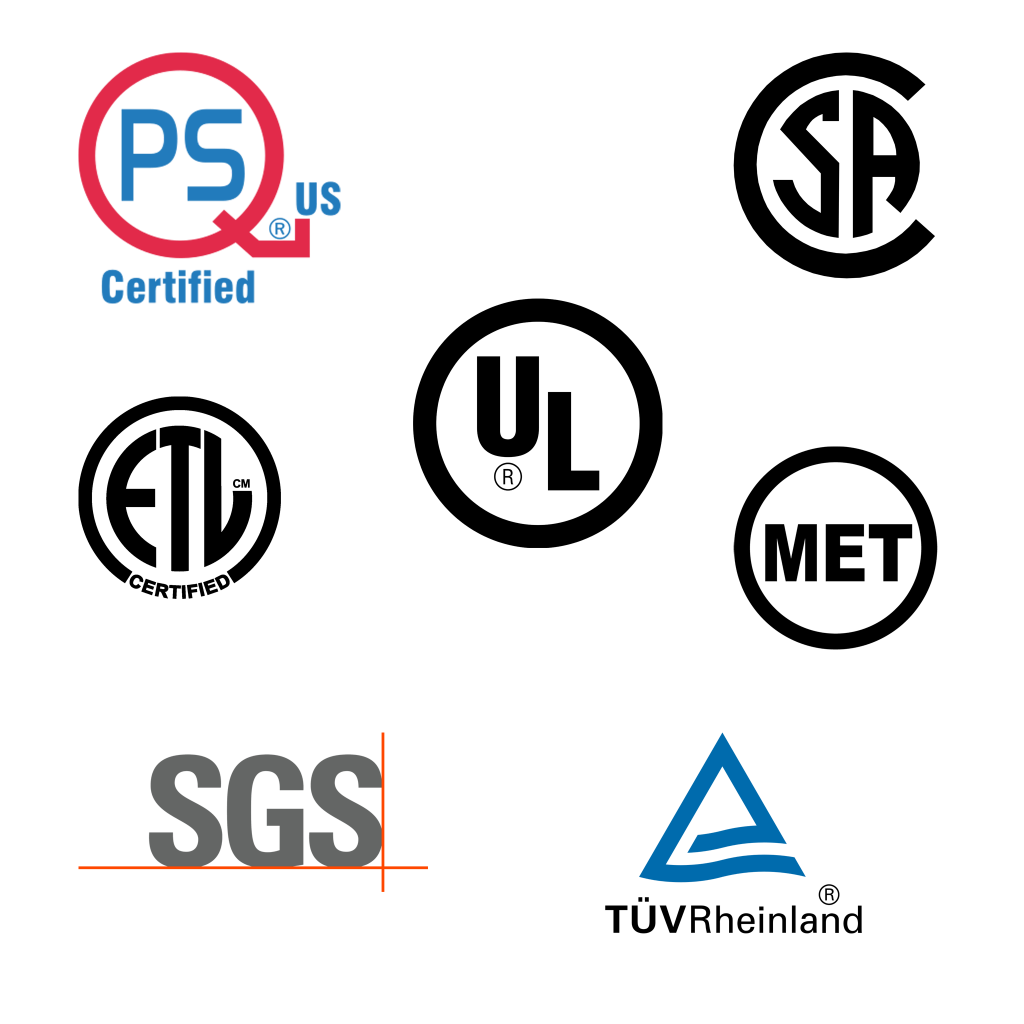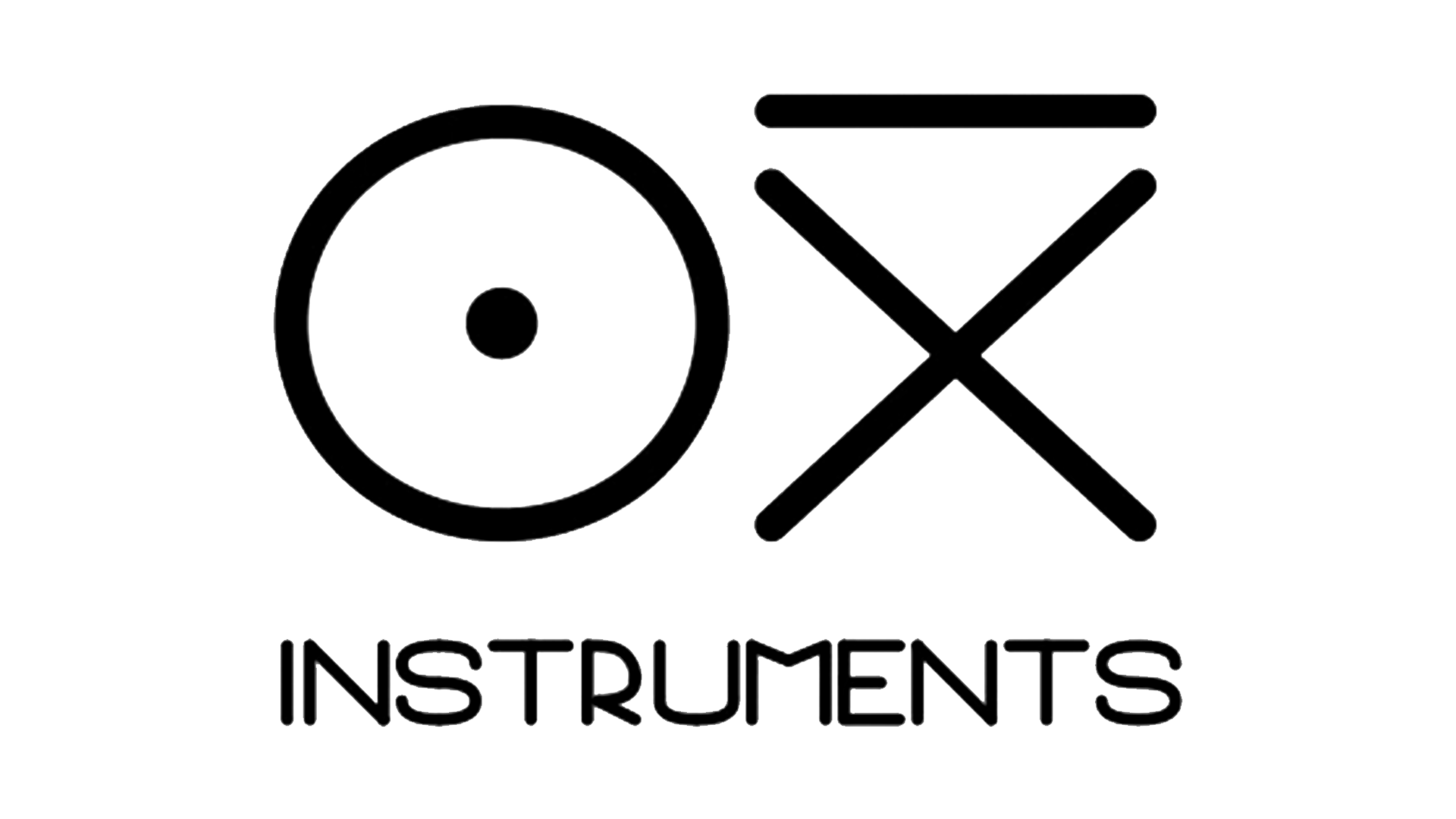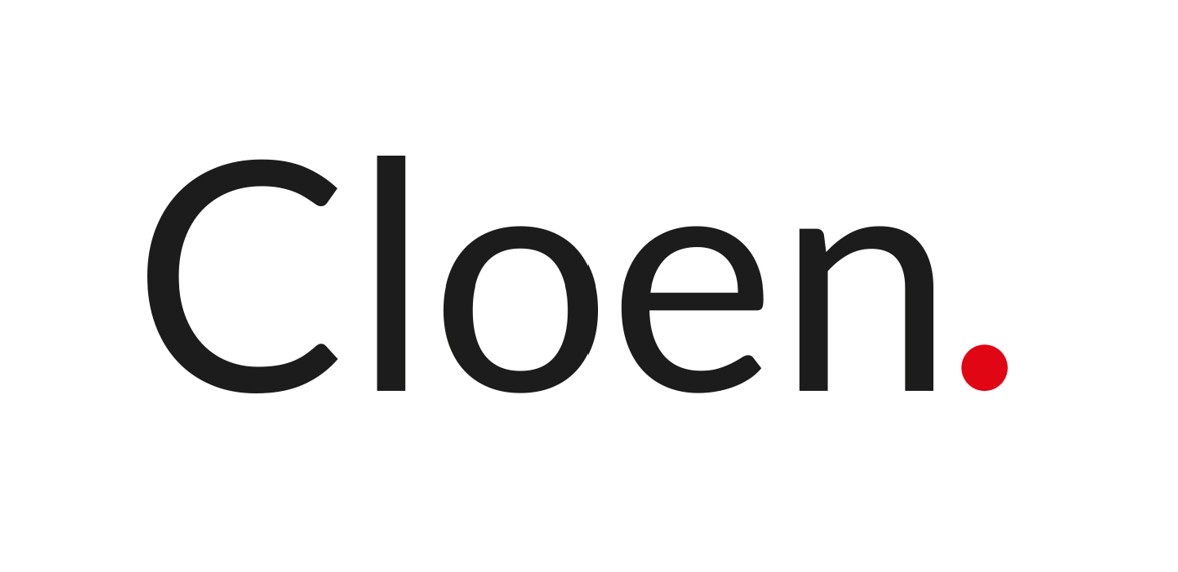CSA Certification

Canadian Standards Association (CSA)
Achieve your CSA certification for the Canadian market for your products reliably and safely.


What is it about?
To access the Canadian market, the safety certification of your products, equipment, and especially your industrial machinery is an essential and unavoidable step. This certification is issued by a Certification Body (CB) accredited by the Standards Council of Canada (SCC), such as the renowned CSA certification. This certification is based on verifying safety and is the process that validates that a product or machine complies with Canada's technical and legal standards for the workplace. Although the legal requirement originates in the workplace, in practice, it is indispensable for almost any product.
The law requires that any equipment whose failure poses a safety risk must be certified. The list is extensive and covers multiple categories:
Industrial Machinery (Main Focus):
Mechanical and hydraulic presses.
Industrial robots and robotic cells.
Automated production and assembly lines.
Packaging, filling, and labelling machines.
CNC (Computer Numerical Control) equipment.
Industrial saws, welding equipment, and woodworking machinery.
Electrical and Electronic Equipment: IT equipment, household appliances, power tools.
Gas-Fired Equipment: Boilers, furnaces, and combustion appliances.
Personal Protective Equipment (PPE): Helmets, harnesses, safety footwear.
Equipment for Hazardous Locations (HazLoc): Devices for explosive atmospheres.
Products are grouped according to the applicable standard or set of standards. For industrial machinery, the process is more complex than for a simple household appliance. The classification is based on a comprehensive risk assessment according to standards such as CSA Z432 - Safeguarding of Machinery. All energy sources and potential hazards are identified and evaluated to determine the requirements for safety systems (fixed guards, light curtains, emergency stops, control systems, etc.).
The process for obtaining CB certification (e.g., CSA) varies in complexity, especially for machinery. The general steps are:
Technical and Regulatory Review: Identify all applicable Canadian standards (electrical, mechanical, etc.).
Risk and Design Assessment: Conduct a risk analysis and ensure the design mitigates them.
Application and Technical Documentation: Submit the application to an accredited Certification Body.
Inspection and Testing:
For standard products: Laboratory tests are performed.
For industrial machinery: An on-site inspection and evaluation (Field Evaluation) is often required at the factory or the final installation site in Canada.
Issuance of Report and Certificate: A report with the results is issued. If compliant, the use of the certification mark is authorised.
Follow-up: Periodic audits to ensure that mass production maintains the standards.
Details to consider for obtaining CSA Certification
To ensure compliance with Canada's provincial and territorial safety regulations, every product, piece of equipment, or machine (used in a workplace setting) must obtain certification from a Certification Body (CB) accredited by the Standards Council of Canada (SCC). Recognised bodies such as CSA, UL, Intertek, or QPS will conduct the necessary technical evaluations. Following a successful evaluation, the body will issue the certificate of conformity and authorise the use of its certification mark on the equipment. The choice of one CB over another is a strategic decision for the manufacturer, depending on factors such as their experience with specific machinery, target markets, timelines, and costs.
In the case of industrial machinery, this process is particularly rigorous. The evaluation not only covers electrical safety according to the Canadian Electrical Code but also all aspects of mechanical and functional safety according to standards such as CSA Z432 (Safeguarding of Machinery).
Please note that...
While this certification is strictly necessary for that field, the reality is that major retail chains and distributors do not want to assume the legal risk of selling an uncertified product that could cause a fire or an accident. To protect themselves, they require their suppliers to have all products bear a recognised safety certification (such as CSA, cUL, cETL).


How can we help you with CE Marking?
We are a company specialised in conformity with extensive experience in the international product certification sector. Whether you can opt for self-certification or require third-party certification, we dedicate all our resources to ensure that you certify your products in an agile, effective, and guaranteed way.
Our services
Product Certification
Accredited Laboratory Testing
Technical Documentation
Advice and Consultancy
Avoid headaches
Let us help you and focus your energy on your business
“We can only say that they are a great team of professionals. Thanks to their rigorous work and professionalism, we were able to successfully certify the CE and FCC marking of the first version of our product, Travel Sax.”
Ramón Mañas
Odiseimusic (CEO)
“They have made possible what would have been impossible on our own, or much more costly in terms of time and money, allowing us to enter the market with all our responsibilities covered.”
Manuel Vázquez
Oxi Instruments (CEO)
“The quality of their work is excellent; they have shown a level of professionalism and dedication that exceeds our expectations. Their commitment to excellence and their client-oriented approach make them an ideal choice.”
Marcos Bruñuel
Bitbrain (QA/RA Manager)
Learn more about CSA certification
If you intend to introduce a product to the Canadian market, you need to know and understand a series of essential concepts about Certification Body (CB) certification (e.g., CSA).
Did you know...
In Canada, product certification is carried out by a Certification Body (CB), such as CSA, UL, or Intertek. These are the organisations that perform the tests and issue the certificate. However, for their work to be legally recognised, they must be accredited by the Standards Council of Canada (SCC), which is the Canadian government's national institution responsible for standardisation and authorising such bodies, acting as the ultimate supervisor of the system.
Final product certification (sometimes called "Listed") means that the complete equipment, as sold, has been tested and is safe for use. In contrast, a recognised component is a part (such as a switch, motor, or power supply) that has been certified for use within a final product. Using already recognised components in your design can greatly simplify and accelerate the certification process for your complete machinery or product.
This is a critical and mandatory certification category, known as "HazLoc", for any equipment intended for use in environments with a risk of explosion due to the presence of flammable gases, vapours, combustible dusts, or fibres. The certification, which follows strict specific Canadian standards, ensures that the equipment's design and construction prevent it from becoming an ignition source, making it an indispensable requirement in industries such as oil and gas, mining, or chemicals.
The certification process begins with selecting an SCC-accredited CB (e.g., CSA) and submitting a formal application along with the product's technical documentation. The CB then conducts a thorough design evaluation and performs the relevant tests against Canadian standards. If the product complies and the factory inspection is satisfactory, the CB issues the certificate of conformity, authorises the use of its mark, and establishes a surveillance program to ensure ongoing compliance.
To maintain the validity of a certification, the manufacturer must undergo a factory surveillance program managed by their Certification Body. This involves periodic, often unannounced, inspections at the production facilities to verify that mass-produced products remain identical to the prototype that was originally evaluated and certified. This step is crucial to ensure that safety standards are maintained over time.
All products must be evaluated according to the National Standards of Canada (NSCs), which are the safety standards recognised by the SCC. Many of these standards are developed by the CSA Group (Canadian Standards Association), such as the CSA C22.2 series of electrical standards or the CSA Z432 machinery safety standard. These standards form the technical basis that a product must meet to be considered safe in the country.
The CB subjects the product or machinery to a series of tests designed to verify its safety under normal and foreseeable fault conditions. These tests may include evaluating the fire resistance of plastics, measuring leakage currents to prevent electric shock, mechanical durability tests, assessing the functional safety of a machine's control systems, and verifying that operating temperatures do not create a fire hazard.
During certification, a detailed analysis of all critical components and materials affecting the product's safety is performed. This includes reviewing the suitability of plastics, cable insulation, switches, relays, motors, and power supplies. Using components that have already been individually certified ("recognised") can significantly reduce the amount of testing required for the final equipment.
Field Evaluation is an essential service for equipment that, due to its large size, unique nature, or low production volume (as is common with industrial machinery), cannot be sent to a laboratory. In this case, a qualified inspector from the CB travels to the machine's final location in Canada to perform a complete safety inspection according to Canadian standards before the equipment is put into operation, applying a special approval label directly on-site.
To start a certification process, a complete technical file must be submitted. This dossier must include, at a minimum, the electrical and mechanical schematics, a list of critical components (BoM), material specifications, installation and user manuals, and the product's rating plates. For machinery, it is essential to also include a detailed risk assessment that justifies the implemented safety measures.
The user manual is considered an integral part of the product's safety and is carefully reviewed by the Certification Body. It must contain clear instructions for the safe installation, operation, and maintenance of the equipment, as well as explicit warnings about hazards and residual risks. For sale throughout Canada, safety instructions must be available in both English and French.
Once a product has successfully passed the certification process, it must permanently and visibly bear the official mark of the Certification Body that approved it (e.g., the CSA monogram, or the cUL or cETL marks). This seal is the visual evidence for inspectors, retailers, and users that the product complies with applicable Canadian safety standards.
There is no single certifying entity in Canada; instead, there is a list of competent Certification Bodies (CBs) accredited by the SCC to evaluate products (which is subject to change). Each body grants its own mark (certification) of conformity, but all meet the same legally evaluated requirements.
Below is an indicative list of the most recognised ones. It is important to verify the status of each body at the time of certification.
CSA Group Testing & Certification Inc. (CSA Mark)
Underwriters Laboratories Inc. (UL/ULC) (cUL Mark, indicates certification for Canada)
Intertek Testing Services NA Inc. (cETL Mark, indicates certification for Canada)
QPS Evaluation Services Inc. (QPS Mark)
TÜV SÜD America Inc. (TÜV SÜD Certification Mark with indicator for Canada)
LabTest Certification Inc. (LC Mark)
MET Laboratories, Inc. (cMET Mark, indicates certification for Canada)
Do you have any questions?
We have compiled the most frequent ones from our clients
Although the law does not specifically require the "CSA" mark, it does mandate that products be certified by some CB accredited by the SCC. However, as the CSA Group develops many of the Canadian safety standards, its mark is the most recognised and universally accepted by inspectors and retailers. Therefore, while other valid options exist (such as cUL or cETL), CSA certification is considered the de facto standard by many.
Canadian safety certification is a legal requirement for most equipment and products intended for workplace use. While it is strictly necessary for that environment, the reality is that major retail chains and distributors do not want to assume the legal risk of selling an uncertified product that could cause a fire or an accident. To protect themselves, they require their suppliers to have all electrical products carry a recognised certification (such as CSA, cUL, cETL). If your product is not certified, they simply will not stock it on their shelves. This decision is based on the Canada Consumer Product Safety Act (CCPSA). This act prohibits the manufacture, import, or sale of any consumer product that poses an "unreasonable hazard" to the health or safety of Canadians. Although it does not always require a specific prior certification, the clearest and most accepted way to demonstrate that an electrical product is not an "unreasonable hazard" is by having a certification from an SCC-accredited body like the CSA certification.
In practice, yes. While the origin of the law is workplace safety, major retailers and distributors will not sell electrical, gas-fired, or other products with an inherent risk if they are not certified, in order to protect themselves from legal liabilities and comply with the Canada Consumer Product Safety Act (CCPSA). It is a market demand that cannot be ignored.
Not directly. Unlike the US, workplace safety in Canada is a provincial and territorial responsibility. It is these provincial authorities that legally require workplace equipment and machinery to be certified. The role of the Standards Council of Canada (SCC), at the national level, is to accredit the Certification Bodies (CBs) that can perform such certifications.
A Certification Body (such as CSA, UL, Intertek, etc.) is an independent organisation accredited by the SCC that tests, inspects, and certifies that a product or machine complies with Canadian safety standards. Its importance is paramount: the certification mark from a CB is the legal and visible proof that your product is safe and can be legally marketed and installed in Canada.
No. The requirement is based on the level of risk, not just electricity. Certification is equally mandatory for other product categories such as gas-fired equipment (boilers, stoves), personal protective equipment (helmets, harnesses), pressure equipment, and certain mechanical machinery whose failure could cause serious injury.
For unique, custom-made machinery, or machinery that cannot be sent to a laboratory due to its size, there is the Field Evaluation. A qualified inspector from a CB travels to the final installation site in Canada to perform a complete safety inspection of the machine according to Canadian standards. If everything is compliant, a special approval label is affixed on-site, allowing for its immediate commissioning.
This is precisely the situation where Field Evaluation is the solution. Instead of removing the machine, a CB is hired to send an inspector to the installation site. The inspector will assess the equipment and, if it meets the requirements (or after necessary modifications are made), can apply a valid certification mark, thus regularising the equipment's status.
A "product family" is a group of models that share the same basic design, critical components, and construction, and only vary in features that do not affect safety (such as colour, capacity, or minor accessories). Certifying as a family is very efficient, as the CB can test a single representative model (usually the "worst case") to extend the certification to the entire product line, saving time and money.
There is no single answer. The cost and duration depend greatly on the complexity of the product, whether it already uses certified components, the number of standards that apply to it, and the completeness of its technical documentation. A simple product might take a few weeks and cost a few thousand euros, while complex industrial machinery could require several months and a significantly larger investment.
No. The certification remains valid as long as three conditions are met: 1) the product does not undergo any changes to its design or critical components, 2) the safety standards under which it was approved are not significantly updated, and 3) the manufacturer successfully passes the periodic follow-up inspections at their factory by the CB.
Yes. To sell a product throughout Canada, federal labelling and packaging laws require that critical safety information, instructions for use, and warnings on labels and in manuals be in both English and French. This is a point that the Certification Body will review.
For certification in Canada, a set of standards known as the National Standards of Canada (NSCs) is used. The basis for the safety of any electrical installation or equipment is CSA C22.1, popularly known as the Canadian Electrical Code (CEC or CE Code).
From there, specific products are tested against specific standards, most of which are developed by the CSA Group (Canadian Standards Association). Some key examples are:
CSA C22.2 Series: A large set of standards covering almost all types of electrical and electronic equipment, from household appliances to tools.
CSA Z432: The main standard for the safeguarding and safety of industrial machinery.
CSA B149: A series of standards for gas-fired equipment.
These standards are what a Certification Body (CB) uses as a technical reference to evaluate and certify a product.
No, Canadian certification is not directly transferable or valid for selling in Europe or Asia. Each region has its own legal system and technical requirements:
In Europe: The CE Marking is mandatory. This mark indicates that the manufacturer declares that the product complies with all applicable European directives on safety, health, and environmental protection. It is a completely different regulatory system.
In Asia: There is no single system. Each country (such as China, Japan, South Korea, etc.) has its own regulations and mandatory certification marks.




